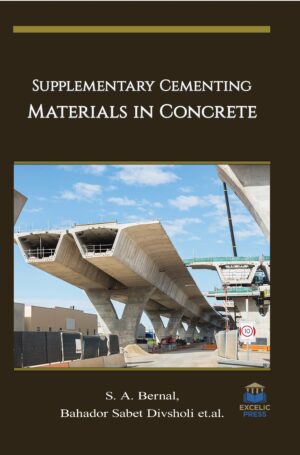Description
Residual soils are formed directly from the physical and chemical weathering of the parent material, normally rock of some sort. The characteristics of the residual soils are dependent on factors such as climate, parent materials, topography, drainage and age. The parent materials have a profound in?uence upon the nature of residual soils formed on them.
Residual soil properties vary from region to region due to their heterogeneous nature and highly variable degree of weathering, controlled by regional climatic and topographic conditions and the nature of bedrock. Characterizing changes in the engineering properties of a weathered residual soil has recently been a concern of civil engineers in relation to the stability of slopes, underground space construction and tunneling.
Mechanics of Residual Soils covers wide-ranging information of the properties, origins and exploration of residual soils. The different processes by which residual and sedimentary soils are formed are described, and the need to be aware that procedures applicable to sedimentary soils do not necessarily apply to residual soils is emphasized. It is intended to characterize the engineering properties of weathered residual soils and to examine the microfabric nature and pore-size distribution of residual soils. It presents the results of an extensive geotechnical investigation of the residual soils consisting of both ?eld and laboratory investigations. It investigates the validity of the common empirical correlations, available in the geotechnical literature for transported soils. The e?ect of saturation on compressibility and shear strength characteristics of residual soils are also investigated. Also include establishing correlations between the parameters measured in situ and those measured in the laboratory.





